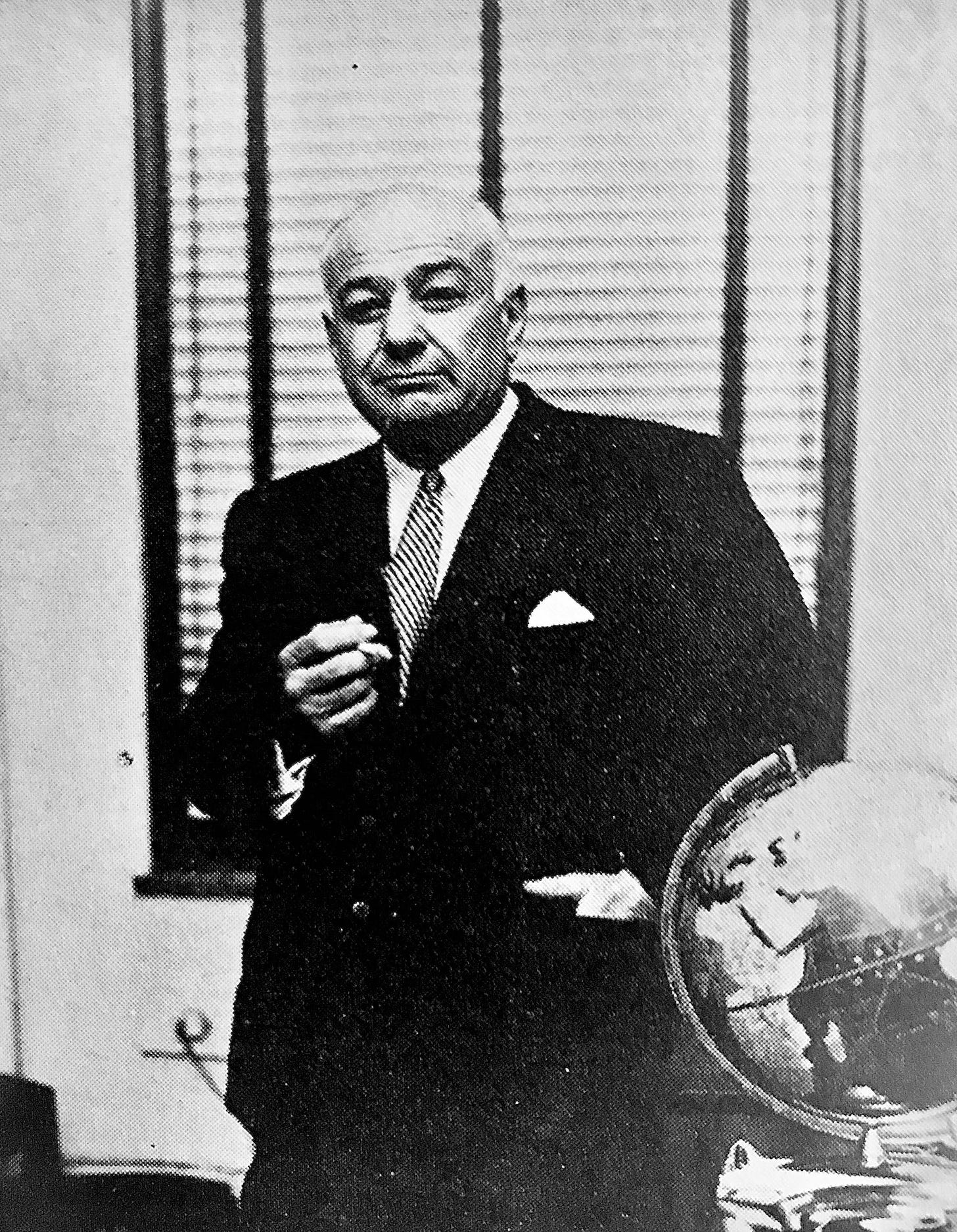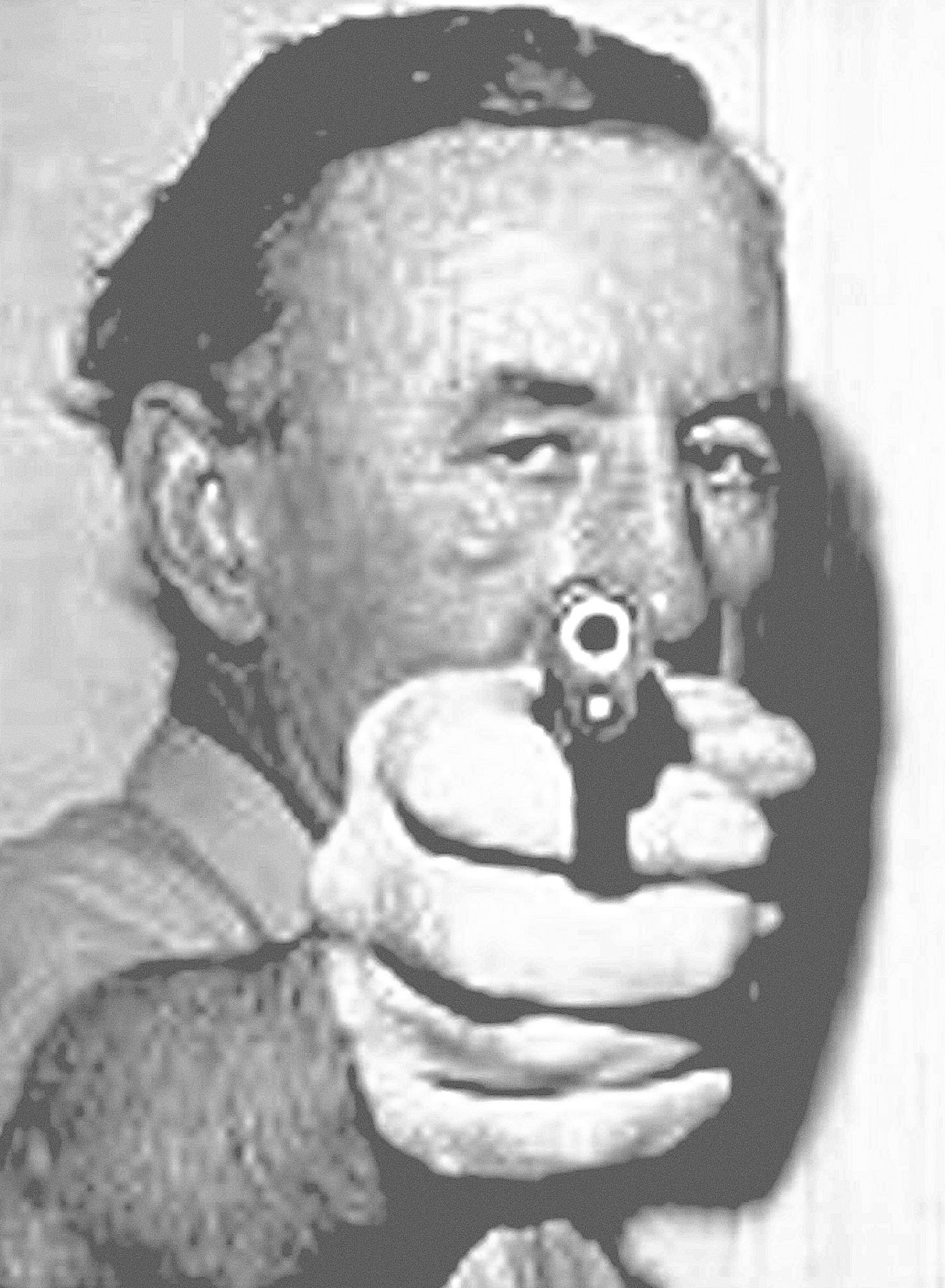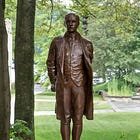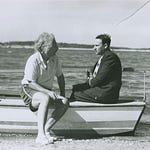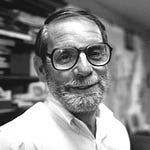A four-story-tall statue in front of Rockefeller Center’s International Building depicts Atlas bearing the weight of the world on his shoulders.
The burden carried by the figure from Greek mythology must have resonated with British Prime Minister Winston Churchill. He had to shoulder a crushing degree of responsibility after Nazi Germany conquered much of Western Europe and the U.K. had to fight Adolf Hitler on its own.
In his determination to enlist American support, Churchill took the extraordinary step of creating a secret intelligence operation based on the 36th floor of the International Building, a short distance from Rockefeller Center’s famous Christmas tree and skating rink.
My guest on episode 5 of the Now It’s History podcast is Thomas Maier, the author of a fascinating new book about that British operation and the American who helped make it happen. It’s called The Invisible Spy: Churchill’s Rockefeller Center Spy Ring and the First American Agent of World War II.
Maier tells the story of the largest foreign spy operation in U.S. history, operating in the heart of Manhattan at a time when Nazi spies were walking through Times Square and landing on Long Island’s beaches. Britain’s intelligence agents used deception, break-ins and sex to infiltrate and expose German agents as well as to compromise others who opposed U.S. entry into World War II.
In the middle of it all was “the invisible spy,” Ernest Cuneo, a former college football star and NFL player who developed the key personal relationships behind one of the most far-reaching intelligence operations of World War II, including a close friendship with the creator of James Bond, the British spy Ian Fleming. One of the James Bond books is dedicated to Cuneo, who Fleming called “my muse,” and another has a character named Ernest Cunio.
Tom Maier and I worked together years ago at Newsday, where he was a first-rate investigative reporter. While Tom was breaking award-winning stories in his day job at Newsday, he was also starting to write the first few of his seven books.
They cover topics as varied as the Kennedy and Newhouse families, Dr. Benjamin Spock, the sex experts Masters and Johnson, and the ties between mafia bosses and the CIA in the 1960s.
Tom's career took on a new dimension when Showtime turned his Masters and Johnson book into the widely praised series Masters of Sex, and last year he registered another success with Paramount and Showtime's docuseries Mafia Spies based on Tom's book.
Star player goes behind the scenes
“I always liked to keep out of sight. Anonymity is freedom.” — Ernest Cuneo
Ernest Cuneo was a football star at Columbia University who went on to play for an NFL team, the now-defunct Brooklyn Dodgers. But his professional football career fizzled, and the disappointing brush with fame convinced him that he could be more effective as a behind-the-scenes player.
He studied law and got involved in politics, becoming an ally of President Franklin D. Roosevelt and New York Mayor Fiorello LaGuardia. Cuneo helped build support for the idea of Roosevelt running for an unprecedented third term.
Meanwhile he made connections to powerful figures in the media, including the influential columnist Walter Winchell and Washington reporter Drew Pearson. At fashionable New York night spots like the Stork Club and 21, Cuneo also developed ties to politicos and power brokers, including FBI director J. Edgar Hoover.
And when Churchill’s government established the Rockefeller Center office, Cuneo became a key supporter and liaison. He palled around with Ian Fleming and William Stephenson, the Canadian who headed the British spy office.
Shaken, not stirred
“Over time and over drinks,” Maier wrote, “Cuneo would become close friends with Stephenson and Fleming. He liked to share caviar, cocktails and confidential information with these undercover British agents while they sat beside the fireplace inside Stephenson’s posh Midtown duplex.”
“Fleming, ever the wartime sophisticate, made sure the gin and dry vermouth he poured into his glass at their clubby meetings was prepared carefully, with what Cuneo described as the skill of a brain surgeon.”
“Fleming preferred martinis — shaken, not stirred.”
After the Japanese attack on Pearl Harbor, the U.S. entered the war. Cuneo played a key role in the creation of the Office of Strategic Services, a wartime spy agency that was the forerunner of the Central Intelligence Agency.
Following the death of Roosevelt and the allies’ victory in World War II in 1945, Cuneo lost some of his political influence, but remained plugged in to the U.S. government’s power centers, including the CIA.
He married a Canadian member of the British spy operation, Margaret Watson, and they had two children.
Cuneo and Fleming became business associates, and Cuneo helped introduce the future novelist to the locales and personalities that would help shape the early James Bond novels and movies.
Cuneo never published the memoir he wrote, but Maier was able to use it along with Cuneo’s papers, which are at the Franklin D. Roosevelt presidential library, to paint a portrait of this influential behind-the-scenes figure.
There are hundreds, if not thousands, of books about the great leaders of the war years, including Churchill and Roosevelt. But it’s a service when a writer delves deeper and tells the story of hidden power brokers like Ernest Cuneo.
I hope you enjoy my conversation with Thomas Maier.





